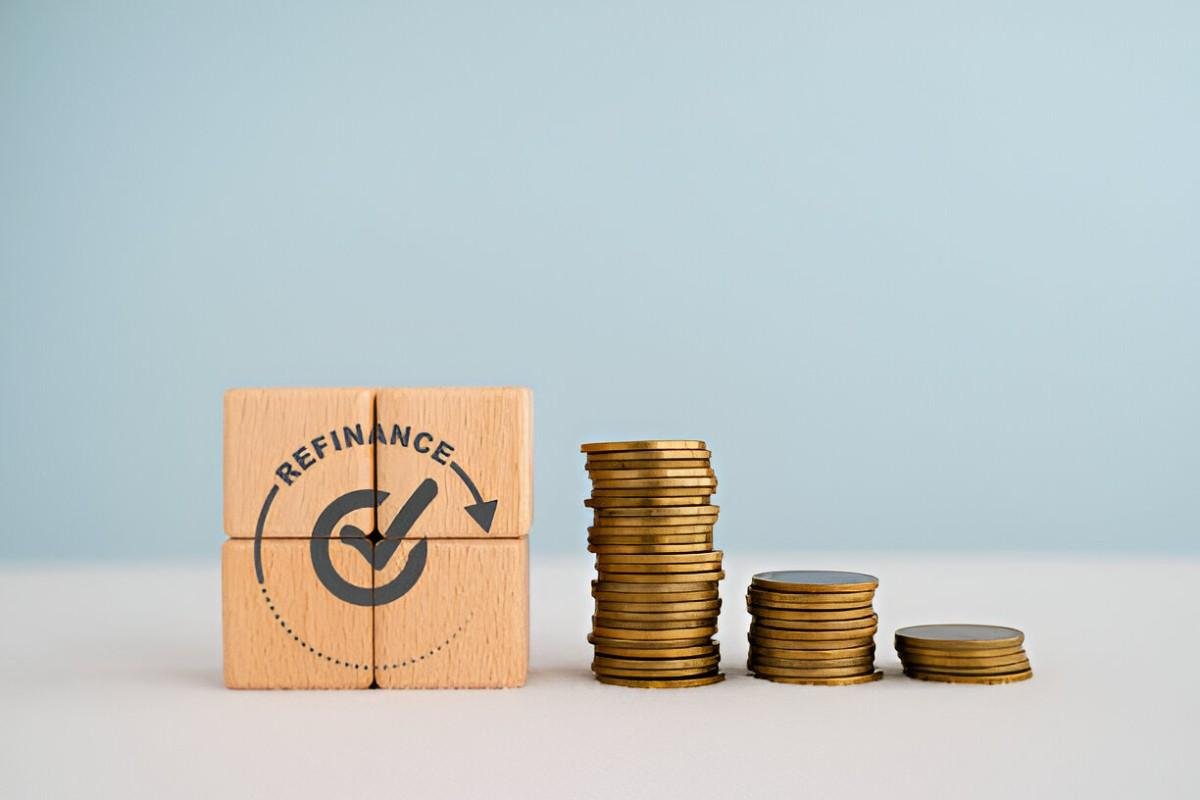Introduction
Refinancing credit is a financial strategy that allows individuals and businesses to adjust their debt structure by replacing existing loans with new ones, often to obtain better interest rates, lower monthly payments, or modified loan terms. This guide explores refinancing from various angles, including types, benefits, risks, and practical examples.
Table of Contents
What is Refinancing?
Refinancing is the process of obtaining a new loan to pay off an existing loan. The new loan typically has better terms, such as a lower interest rate or an extended repayment period, leading to improved cash flow and reduced financial burden.
Why Refinance?
- Lower Interest Rates: A borrower with an improved credit score or a favorable interest rate environment can secure a lower rate, reducing interest costs.
- Reduced Monthly Payments: Extending the loan term spreads payments over a longer period, making them smaller.
- Access to Cash: Some refinancing options allow cash-out, where the borrower takes out a loan larger than the current balance and receives the difference in cash.
- Consolidation of Debt: Multiple high-interest loans can be merged into one loan with a lower rate.
- Switching Loan Types: Borrowers may switch from adjustable-rate to fixed-rate loans or vice versa, depending on market conditions.
Types of Refinancing
Refinancing options vary based on borrower needs. Below are common types of refinancing:
| Type | Description | Best For |
|---|---|---|
| Rate-and-Term Refinance | Replaces existing loan with one offering better rates or terms without changing the principal amount. | Borrowers looking to reduce interest payments. |
| Cash-Out Refinance | Borrower refinances for a higher amount than owed, receiving the difference in cash. | Homeowners needing funds for major expenses. |
| Cash-In Refinance | Borrower pays down a portion of the loan to qualify for better terms. | Those with extra funds seeking lower payments. |
| Debt Consolidation Refinance | Combines multiple debts into a single loan with a lower interest rate. | Individuals managing high-interest debts. |
| No-Closing-Cost Refinance | Lender covers closing costs in exchange for a slightly higher interest rate. | Those who prefer to avoid upfront costs. |
Key Factors Influencing Refinancing Decisions
- Interest Rates: The difference between the current loan rate and the new rate determines potential savings.
- Loan Term: Extending the loan term reduces monthly payments but increases total interest paid.
- Credit Score: A higher credit score qualifies for better refinancing terms.
- Home Equity (for Mortgage Refinancing): More equity leads to better loan conditions.
- Debt-to-Income (DTI) Ratio: Lenders consider DTI to assess borrower risk.
When Does Refinancing Make Sense?
Refinancing should only be pursued when the benefits outweigh the costs. Here are key scenarios where refinancing is advantageous:
- When Interest Rates Drop Significantly: Even a 1% reduction in mortgage rates can lead to thousands in savings.
- If the Loan Has High Interest: Refinancing to a lower interest rate reduces overall costs.
- When Monthly Payments Need Reduction: Extending loan terms can provide relief.
- If the Credit Score Has Improved: Better credit scores result in better rates.
- To Switch Loan Types: Moving from an adjustable-rate mortgage (ARM) to a fixed-rate loan provides stability.
Costs of Refinancing
Refinancing involves several costs that must be considered to determine net savings.
| Cost Type | Description |
|---|---|
| Application Fee | A fee charged by lenders for processing the application. |
| Origination Fee | Lender charges for creating the new loan. |
| Appraisal Fee | Required for mortgage refinancing to assess property value. |
| Title Insurance | Protects against property ownership disputes. |
| Prepayment Penalties | Some lenders charge a fee for early loan repayment. |
Calculating Refinancing Savings
To determine whether refinancing is beneficial, compare total loan costs before and after refinancing.
Example: Mortgage Refinancing
Suppose a homeowner has a $200,000 mortgage at a 6% interest rate for 30 years. The monthly payment (excluding taxes and insurance) is calculated using the loan payment formula:
M = \frac{P r (1 + r)^n}{(1 + r)^n - 1}Where:
- M = Monthly payment
- P = Loan principal ($200,000)
- r = Monthly interest rate (6% annually or 0.005 monthly)
- n = Number of payments (30 × 12 = 360)
Applying the formula:
M = \frac{200000 \times 0.005 \times (1.005)^{360}}{(1.005)^{360} - 1} \approx 1199.10If refinancing lowers the rate to 4%, the new payment is:
M = \frac{200000 \times 0.00333 \times (1.00333)^{360}}{(1.00333)^{360} - 1} \approx 954.83Total monthly savings = $1,199.10 – $954.83 = $244.27
If refinancing costs $5,000, the break-even point is:
\frac{5000}{244.27} \approx 20.5 months (about 1.7 years).
If the borrower plans to stay in the home beyond this period, refinancing makes financial sense.
Potential Risks of Refinancing
- Higher Long-Term Costs: Extending the loan term reduces monthly payments but increases total interest paid.
- Closing Costs: Upfront fees may offset savings if the borrower refinances too frequently.
- Negative Equity: If property values decline, the borrower may owe more than the home’s worth.
- Impact on Credit Score: Multiple credit inquiries can temporarily lower the credit score.
Final Thoughts
Refinancing is a powerful financial tool when used correctly. Assessing factors like interest rates, credit scores, and loan terms is crucial to making informed decisions. By carefully considering costs and potential savings, borrowers can maximize the benefits of refinancing while avoiding common pitfalls.





